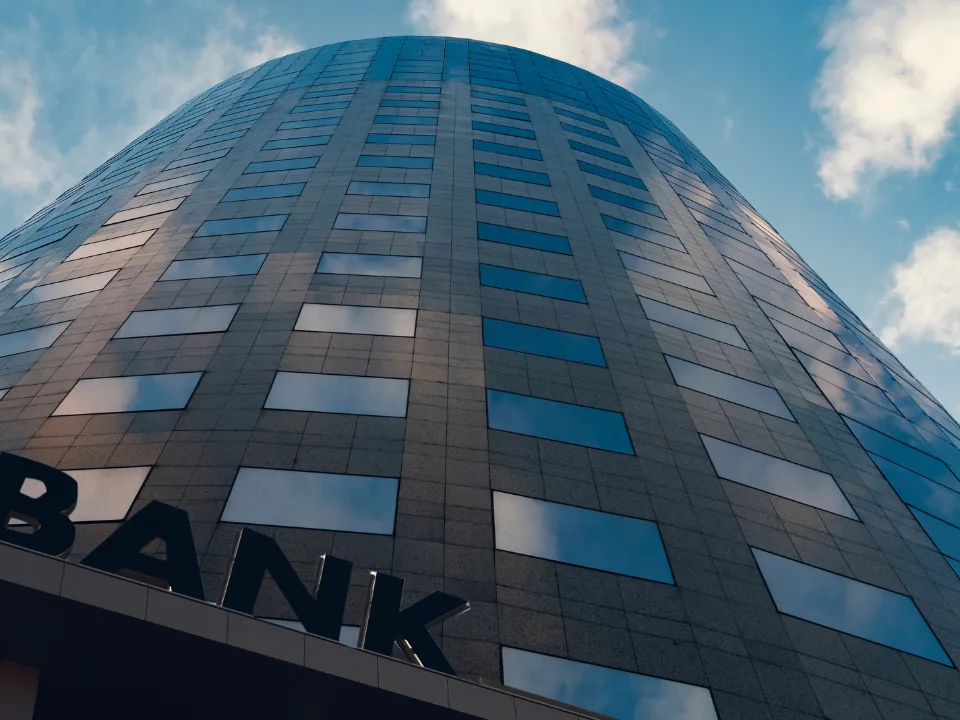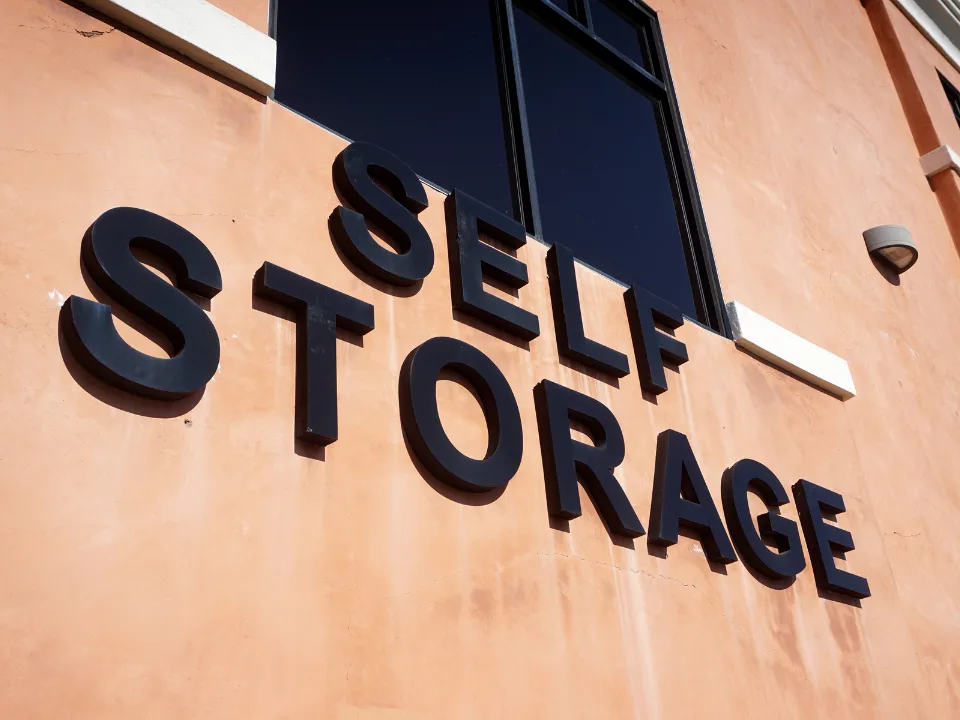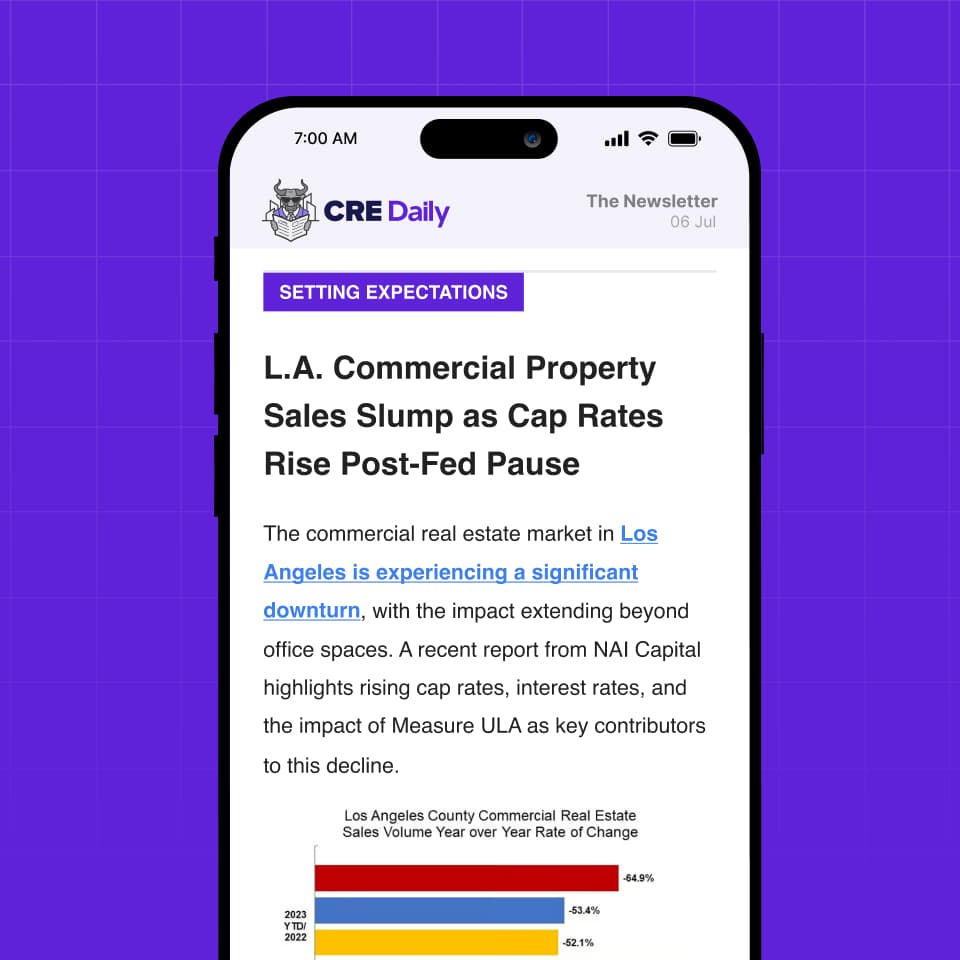- Delinquencies for bank-held CRE loans dipped to 1.99% in Q4, while CMBS delinquency rates rose to 6.57%.
- Regional banks are moving bad office debt off their books, primarily from loans originated during the low-rate boom.
- While new loan originations are rising, they remain well below pre-pandemic levels.
Cleaning up the books
Following the 2023 banking turmoil triggered by Silicon Valley Bank and Signature Bank’s failures, regional banks are steadily working through the aftermath. New data from Trepp shows that these institutions are beginning to remove risky CRE loans from their portfolios, particularly those tied to underperforming office properties, per Bisnow.
A long road from the boom years
Between 2020 and early 2022, regional banks issued a surge of CRE loans fueled by historically low interest rates. In the first half of 2022 alone, banks originated $316B in net new CRE loans, 172% more than the same period a year earlier. As rates began rising, many of those assets showed signs of stress.
Get Smarter about what matters in CRE
Stay ahead of trends in commercial real estate with CRE Daily – the free newsletter delivering everything you need to start your day in just 5-minutes
Subtle shifts, big implications
Delinquency rates on bank-held CRE loans declined slightly to 1.99% in Q424, the first drop since 2022. At the same time, CMBS delinquencies climbed to 6.57%. Net charge-offs, however, rose by 20bps, driven by approximately $1B in write-downs tied to office properties—losses that don’t always appear in delinquency data.
Criticized loans—those flagged as higher risk—are also increasing, signaling that banks remain cautious even as conditions begin to stabilize.
Slow and steady origination comeback
CRE loan originations by banks totaled $5.6B in Q424, marking the third consecutive quarterly increase, according to Trepp’s Anonymized Loan Level Repository. Still, originations remain 41% below the average pre-pandemic volume.
Regulatory scrutiny and elevated interest rates have muted lending activity, with banks favoring quality over quantity in underwriting.
Not all debt is created equal
Loans underwritten during the Fed’s early tightening cycle—especially those with shorter terms—are more likely to encounter repayment or refinancing challenges. Trepp data suggests a 1.5 DSCR is emerging as a key threshold, where assets falling below that level may be sold at a loss.
A shift in strategy
Unlike during the height of market uncertainty, banks are no longer broadly offering short-term loan extensions. Instead, they’re pursuing long-term refinancing deals and requiring borrowers to contribute more equity as a condition for restructuring. This shift reflects both tighter standards and greater confidence in assessing long-term value.
Why it matters
Banks’ efforts to purge legacy office loans while maintaining low delinquency rates show that the sector is navigating stress more methodically than many expected. Rather than a wave of defaults, the CRE market is seeing a gradual correction—at least for now.
What’s next
Loan origination is likely to remain below historical averages in the near term. But with banks showing discipline in underwriting and restructuring, the market appears to be adjusting to a higher-rate environment—without the widespread distress once feared.














